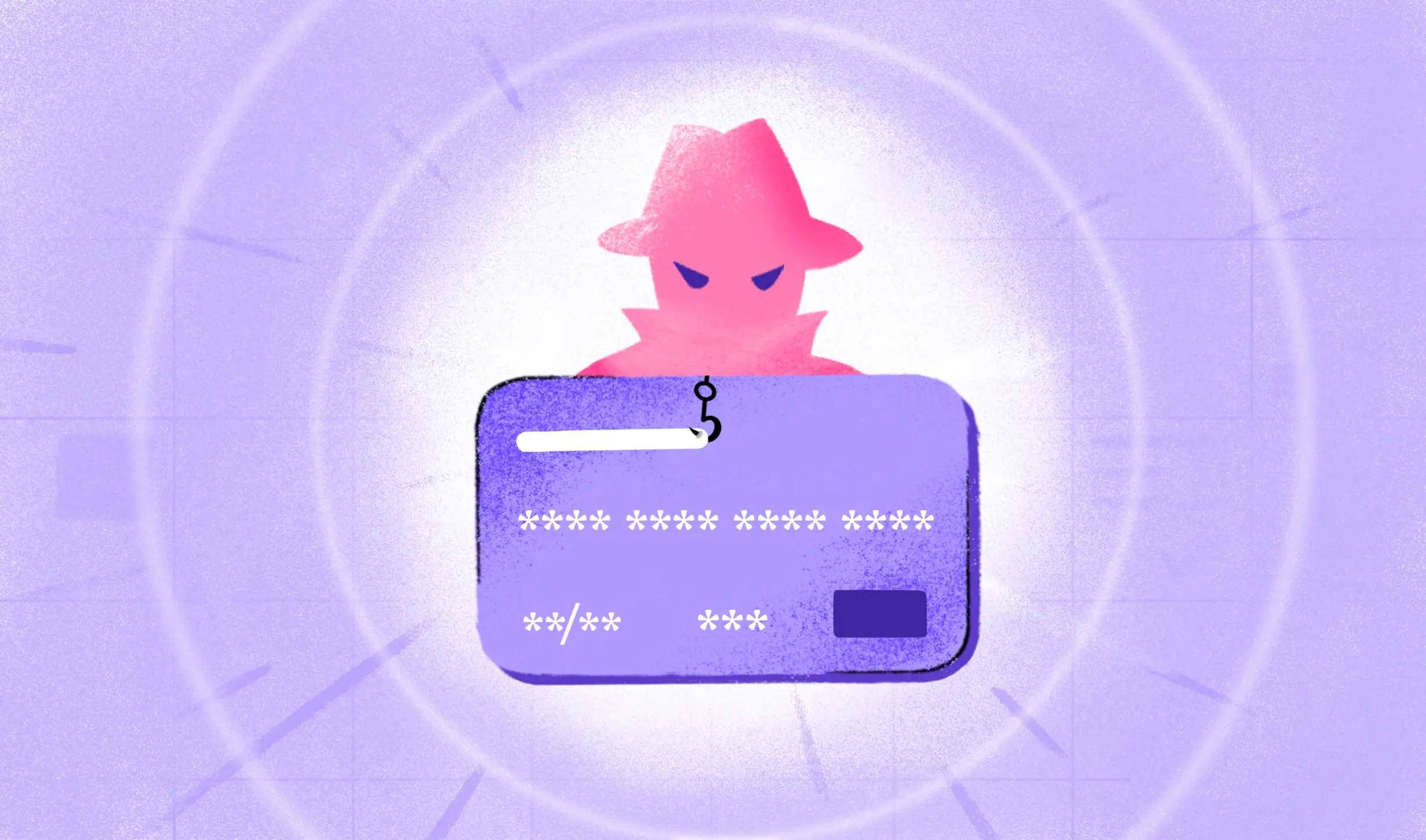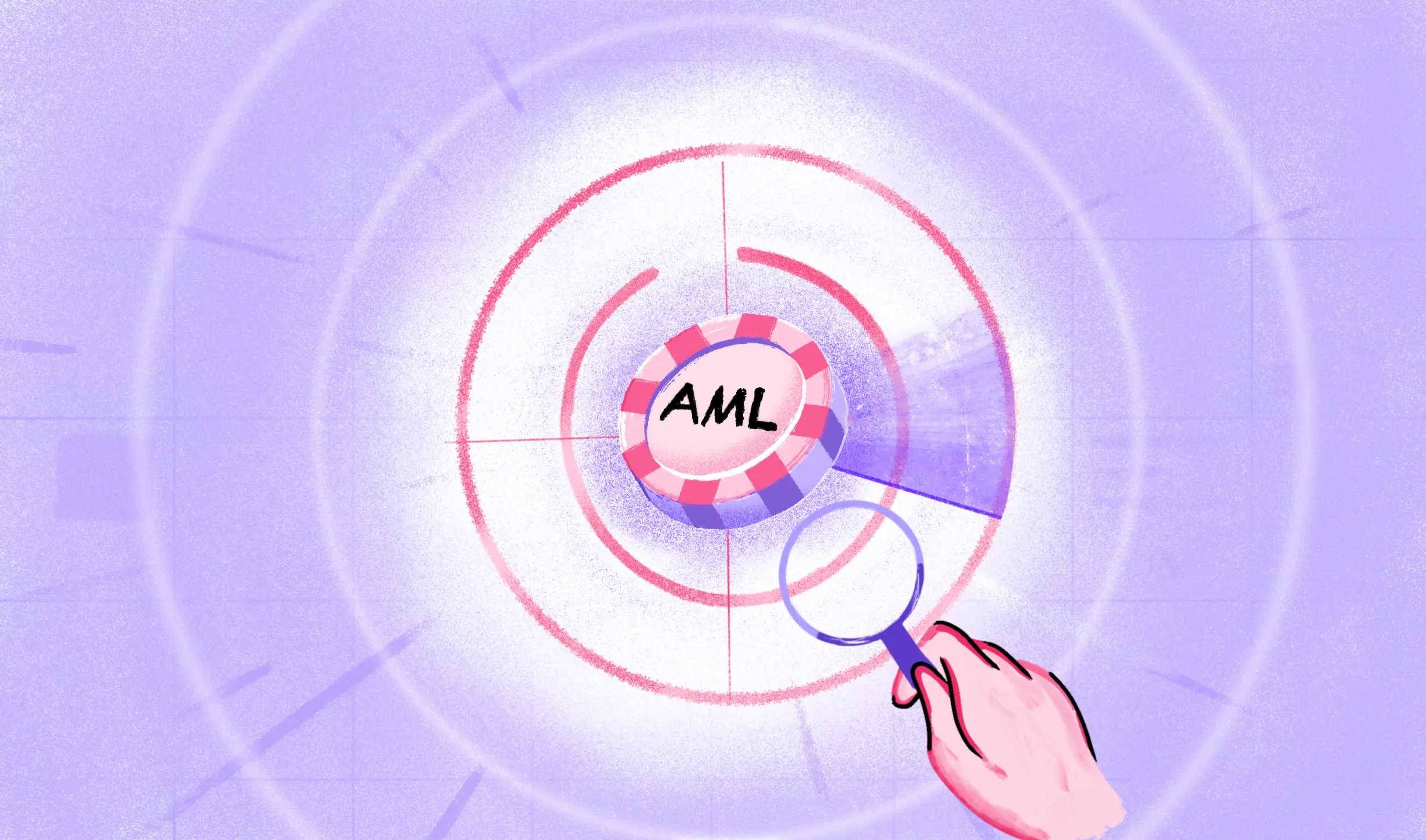KYC, or know your customer, is an effective digital KYC method of verifying the identity of every customer that onboards with a financial institution (banks or NBFCs). The motive is to determine whether the person is who they claim to be to prevent frauds such as terrorist financing and money laundering.
The traditional KYC method required the individual to be physically present at the bank or the NBFCs’ office, which was certainly not feasible during the COVID-19 lockdown. Thus, businesses could not onboard remote customers due to location barriers.
That is when businesses decided to integrate technology, and consequently, digital KYC came into existence. What is digital KYC verification, and how is it better than the physical one? Read along to find out.
What is digital KYC?
Digital KYC is an online method of verifying people’s identity, enabling them to access any financial instrument in the market. Usually, during a digital KYC, the customers share their live photo or video and officially valid documents with the company’s representative. The details are then verified against official records, and the KYC is processed if everything adds up.
Types of online or digital KYC verification
Online KYC form
In this digital KYC verification type, the customer must fill out an online KYC form and submit the same to the respective organisation. However, the customer must attach their signature to the form using either of the below-mentioned options:
- The customer can take a printout of the KYC form, sign it and send the document to the physical address of the concerned organisation.
- The customer can add a digital signature on the online KYC form and submit the same to the organisation (a more convenient and entirely digital option!).
Video-based KYC
The video-based KYC procedure is perhaps the most authentic and legalised by the Reserve Bank of India. There is a complete audio-visual interaction wherein the registered officer captures the customer’s live photo, video and valid documents. Mainly, video-based KYC is used while opening a new bank account.
A quick look at the procedure:
- The customer signs up for a service and is prompted to complete the video KYC verification before accessing the service.
- The customer then receives a link via text or email that they need to click on.
- An executive from the concerned organisation on the other end will then conduct the video KYC.
- The executive captures the live photo and video of the customer along with the required documents such as the PAN card or Aadhaar card. They also use geotagging to make sure that the customer is within India.
- Once all the details are captured, the customers are informed of the KYC status within a few days.
However, check the video KYC guidelines set by RBI to ensure complete compliance.
OTP-based KYC
OTP-based KYC verification is yet another type of digital KYCs commonly used to open digital wallets or bank accounts. The OTP is usually sent to the mobile number registered with the Aadhaar card. The steps followed in the procedure are:
- The customer enters the primary details and reaches the Aadhaar e-KYC tab.
- Once there, the customer is prompted to add their Aadhaar number.
- The customer then receives an OTP on the mobile linked with the Aadhaar number.
- The customer enters the OTP, and the KYC process is completed.
Why is digital KYC required?
Digital KYC, or KYC in general, is a method of identity verification that can help prevent:
- Identity thefts: Digital KYC allows financial institutions (even gaming and gambling or betting industries) to confirm a customer’s legal identity (using address, age etc.), which prevents hackers from using forged or stolen IDs. This, in turn, helps keep identity thefts at bay.
- Financial frauds: Commonly, hackers create fake accounts (on gaming sites) and extract money from other users, usually minors. However, with digital KYCs, companies can prevent such fraud.
While digital KYC also helps organisations to:
- Make their onboarding process seamless: With digital KYC, companies can offer their customers a more advanced and hassle-free onboarding experience, improving customer retention and reducing churn.
- Onboard more customers: Businesses can now onboard customers from across the globe without hiccups. It helps them increase their user base and thus improve revenue.
Wrapping up
Digital KYC is undoubtedly one of the most crucial technological advances businesses have seen. After all, it helps prevent fraud, money laundering, and identity theft, improve the customer onboarding experience and add more customers to a business.
So, wait no more and integrate digital KYC into your organisation. However, be sure to choose a reliable digital KYC partner for the best experience.
For more informational content, head over to our blog!
FAQs
Why is digital KYC important?
Digital KYC is important as it helps banks, FinTech companies, and other NBFCs to streamline their onboarding process and prevent fraud.
What are the documents required for KYC?
The standard documents that a customer may need are: 1. Passport 2. Voter’s Identity Card 3. Driving License 4. Aadhaar Letter/Card 5. NREGA Card 6. PAN Card
Can I use a bank account without KYC?
Customers can use their bank accounts without KYC. However, they will not be able to access the digital wallet.

 US
US
 IN
IN









